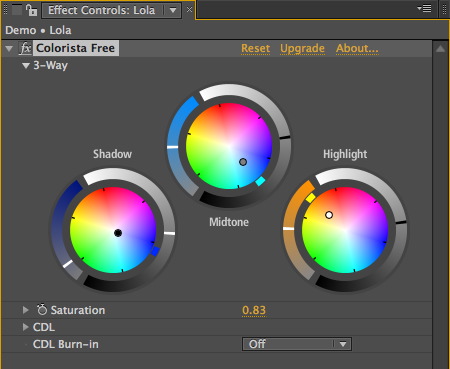

If you're just starting out or don't want to specialize as a colorist these make a lot of sense.īut being plugins you may run into issues if you hand off a project to another person as the plugin will need to be installed on the other person's system. If they have a free trial we recommend trying the software out first. Your choice may also depend on limitations like which operating systems and editing softwares that are supported. Spots 1 through 5 are plugins that offer tools and layouts more intuitive or easier to use than the ones that are built into your editing software. It’s a lot to chew on right? So let’s take it a step further to help you narrow it down to just one. It is designed to guide you every step of the way.Īnd those are the 12 best and most popular color grading software tools that are out there. That means all the guesswork is taken out of what corrections to do first, how to match shots, how to save time by applying the same look grades to multiple clips at a time. But the biggest advantage of Cinema Grade is its guided workflow. It also has Lightroom style controls for those who come from a photography background, false color mode for getting the perfect exposure, easy color matching, real time previews of LUTs, support for the Xrite color checker chart for doing automatic corrections and a color transfer tool for matching the look of your favorite films. You are able to click directly on anything in the viewer you want to change like the exposure of an area or the color of the sky and just drag up or down to change it. Plus it ditches the old school tools like curves and wheels in favor of direct on-screen grading. Cinema Grade is a color grading plugin that works with 3 of the most popular editing softwares out there: Adobe Premiere, Final Cut Pro and DaVinci Resolve. If ease of use is the name of the game look no further. The 12 Best Color Grading Software Tools for Beginners That’s why we’ve created a list of the best color grading software currently available, taking a look at their features, strengths, weaknesses and ease of use. That's why it's important to find the right tool for your time and budget that will let you produce professional looking video without having to spend years learning the ins and outs of the trade. The problem is color grading can have a steep learning curve and the tools aren't always the most intuitive.

The challenge for beginning filmmakers is how to achieve these different kinds of corrections and color grading to help them tell powerful stories.


 0 kommentar(er)
0 kommentar(er)
